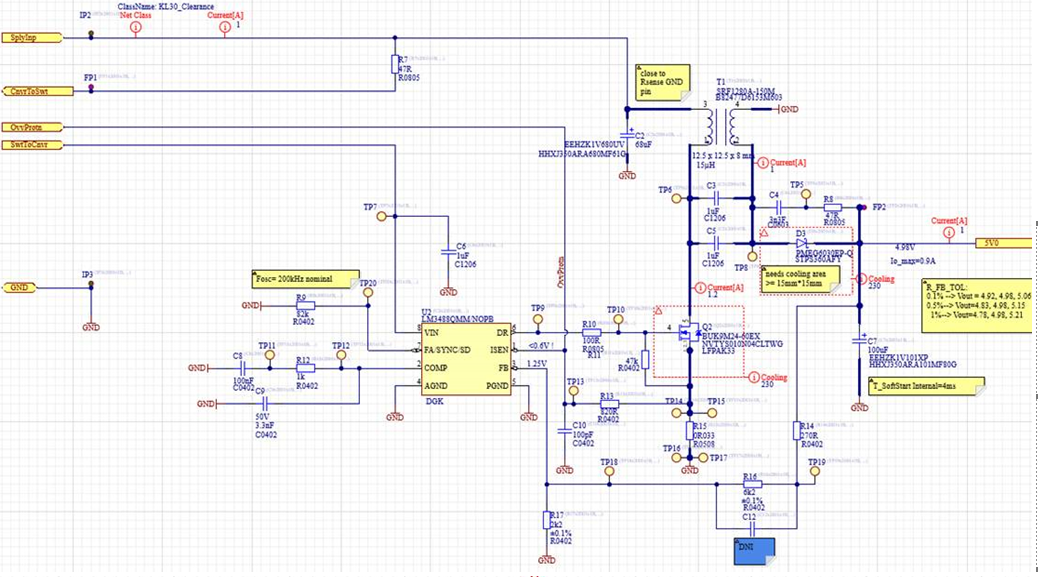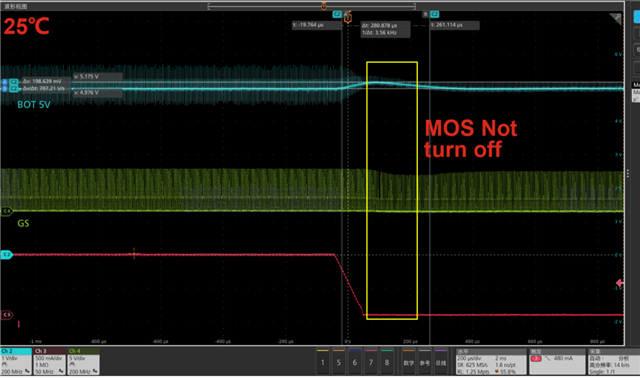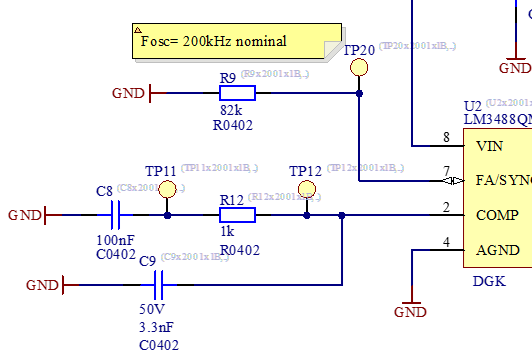Other Parts Discussed in Thread: LM3481
Tool/software:
Hello everyone
I have a question about the LM3488 overvoltage protection, as shown below (LM3488QMM/NOPB datasheet p6):

For a single chip itself, does the 25-85mV change due to the influence of temperature, or is the value of a single chip fixed and not affected by temperature?
If it is related to temperature, does it increase or decrease with increasing temperature?
Looking forward to your reply, thanks!







